The Past Within is an offline co-op game for two players created by Rusty Lake and was released In November 2022. The game is available on Steam, Google Play, and the App Store. In the game, players try to uncover the mystery behind Albert Vanderboom’s box by communicating across time. Rusty Lake is known for its digital thriller escape rooms, and this game comes with a similar vibe of mystery and horror found in their other games.
The game’s concept is simple but yet intriguing. In short, two players have to download the game and start playing simultaneously. They are first asked to choose between a butterfly or a bee (I will refer to this later) and between being the player in the past or the future. Once this part is done, players are sent to a room empty except for a puzzle box.
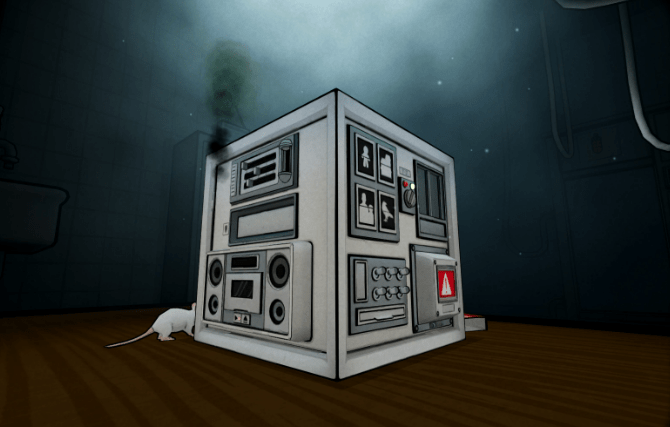
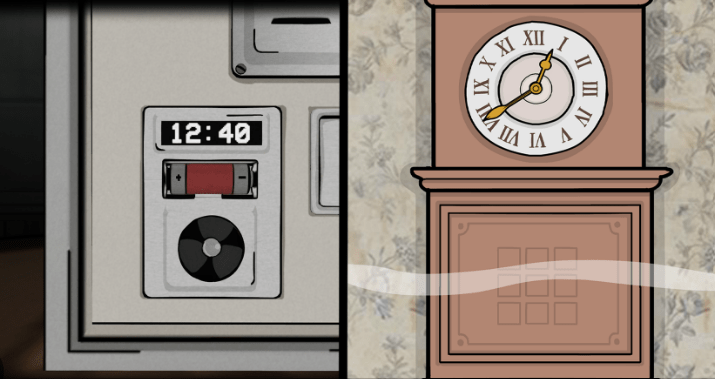
As players solve the puzzles, the narrative becomes clearer; Albert Vanderboom has left this box for his daughter to bring him back to life. Players are creating Albert’s rebirth by gathering his bone, flesh, and blood and using the mysterious machine to put them back in his soul.
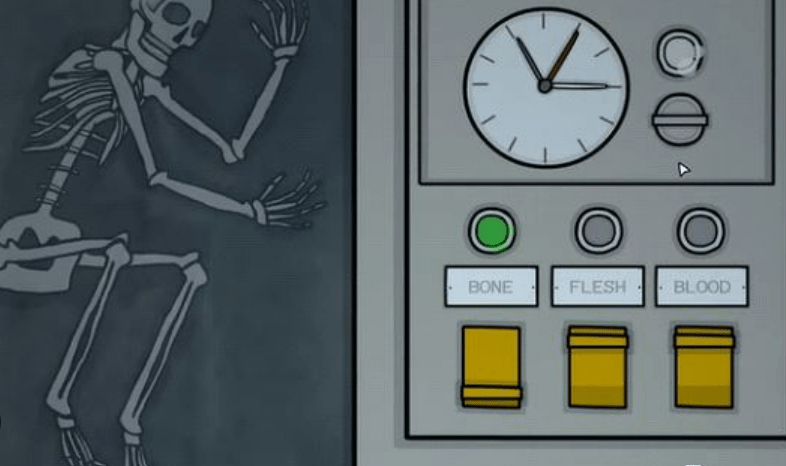
Formal Elements:
Players: The game is intended for two players. In the game, players take the role of Albert’s daughter in the past and the future. Recommended ages are +12 years old.
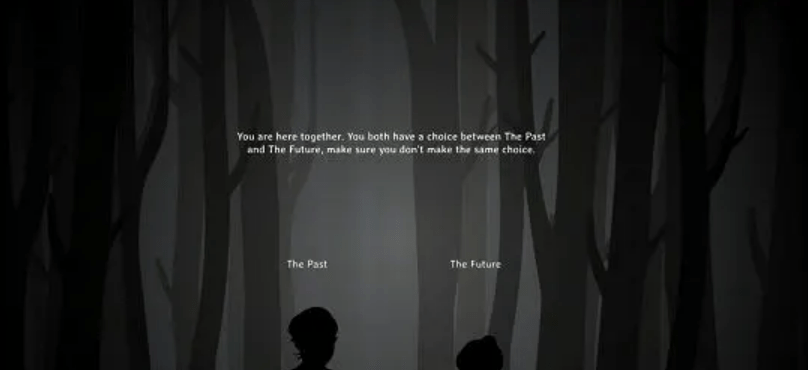
Resources: As players move around certain aspects of the game, they collect some items that will be used for other puzzles. These show up on a sidebar and can be used by clicking on them. However, the most critical resource a player could have is good communication, which makes all the difference between a game being frustrating and an excellent, challenging game. Online, many youtube videos offer a walkthrough for the game, which some players can use as a hint when feeling stuck at a particular puzzle.
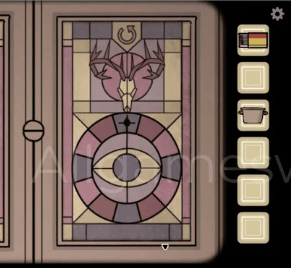
Objectives: Solving the puzzles and bringing Albert back to life. To do so, players have to communicate what each of them sees, link which puzzles connect at different times, and solve them at both times.
Outcomes: The game is a non-zero-sum game. There are no winners and losers, but rather solved and unsolved mysteries.
Boundaries: In the physical space, the magic circle is the area between the two players and their devices. This could be them sitting next to each other on a couch or talking over the phone in two completely separate spaces. In the game, both players play in the same area and empty room with a mysterious box placed on a table.
Conflict: The most apparent conflict is the puzzles in the game; some are especially hard, and players not used to this type of game might find it a bit too challenging.
Kinds of Fun:
The game has two significant kinds of fun; narrative and discovery. The story starts without much context, and the players uncover its embedded narrative as they play. In a way, it is not only the puzzles they are solving but also putting the pieces together of the mysterious narrative.
While sensation and fellowship were also visible through the co-op play and the sounds, they weren’t core to the game but rather a nice addition that elevated the experience.
Competitive Analysis:
1- Keep Talking and Nobody Explodes: This game also relies heavily on players working together to solve puzzles. Also, the visuals of an empty cold room with something placed on a table is similar. The main difference between the two games is that Keep Talking and Nobody Explodes does not really have mysterious elements. In my opinion, the dark vibe of The Past Within created a unique experience.
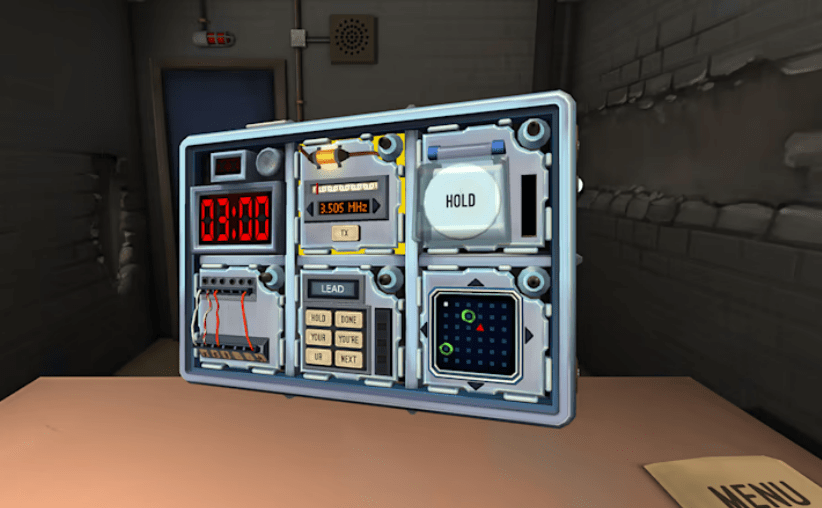

2- Escape Room in a Box: While these have turned out to be fun to play with a group, The Past Within has a couple of advantages over it. In The Past Within, puzzles actually change if the player has chosen to play the butterfly mode or bee mode. Also, the same game can be played again as players switch their perspectives from past to future. This replayability is rare in this category of games, and having the designers think of that shows to what extent they care about players’ experience.
3-Samsara Room: Another great room by Rusty Lake. While this was a great game to play, My experience of playing it with someone was me playing and someone watching, and who wants to do that? The co-op component in The Past Within is just brilliant.
These advantages the game has over other games make it work well. One last thing I found to work really well is how the designers got around the need for the game to be played online, especially in syncing the events for two players. What they did is they used narrative to ask players to press the same buttons at the same time for something to happen. This was especially impressive and seamless in the final cutscene when Albert’s body rises from the machine.
There were few things that could have been improved. The game took two hours to finish, which to me was a little too short, or at least it left me hungry for more. There are not many games in this genre that have cracked the experience design, proven by the hour I spent after finishing the game looking for something like it.
Loops or Arcs?
There is no doubt that the game relies heavily on arcs across multiple phases. Each puzzle in the game is different, and so there is no actual “skill” that is learned except for the skill of solving new puzzles (a meta-skill, perhaps?). The storyline is an overarching arc across the game, and each puzzle has its own golden path, with feedback offered as soon as the puzzle is solved.



